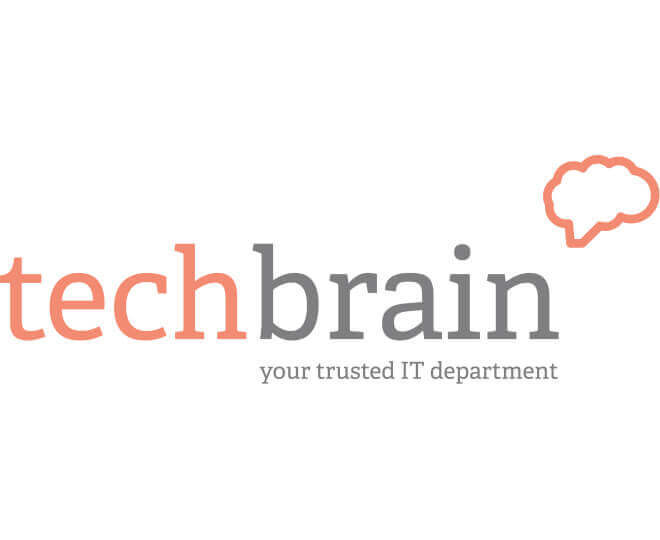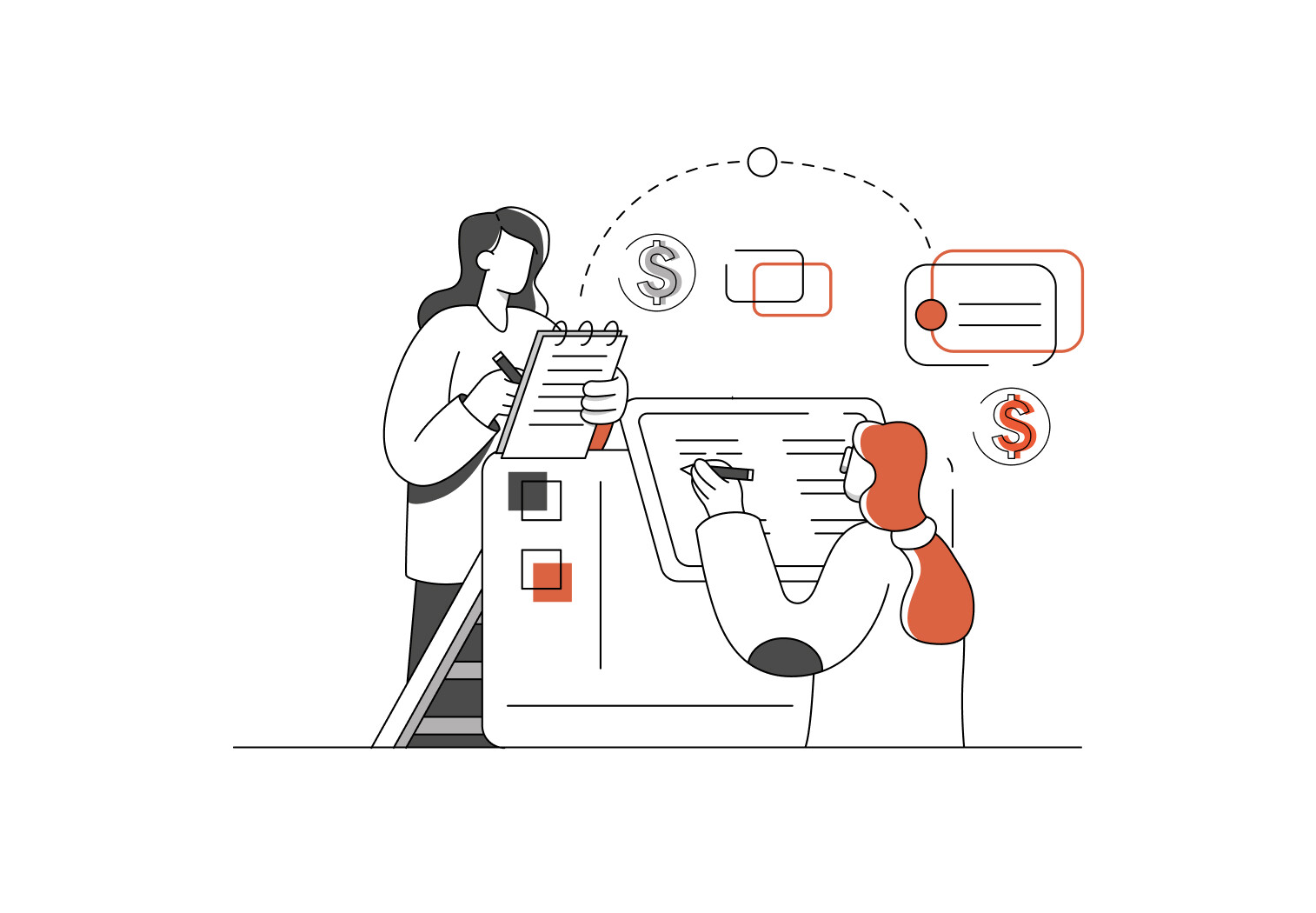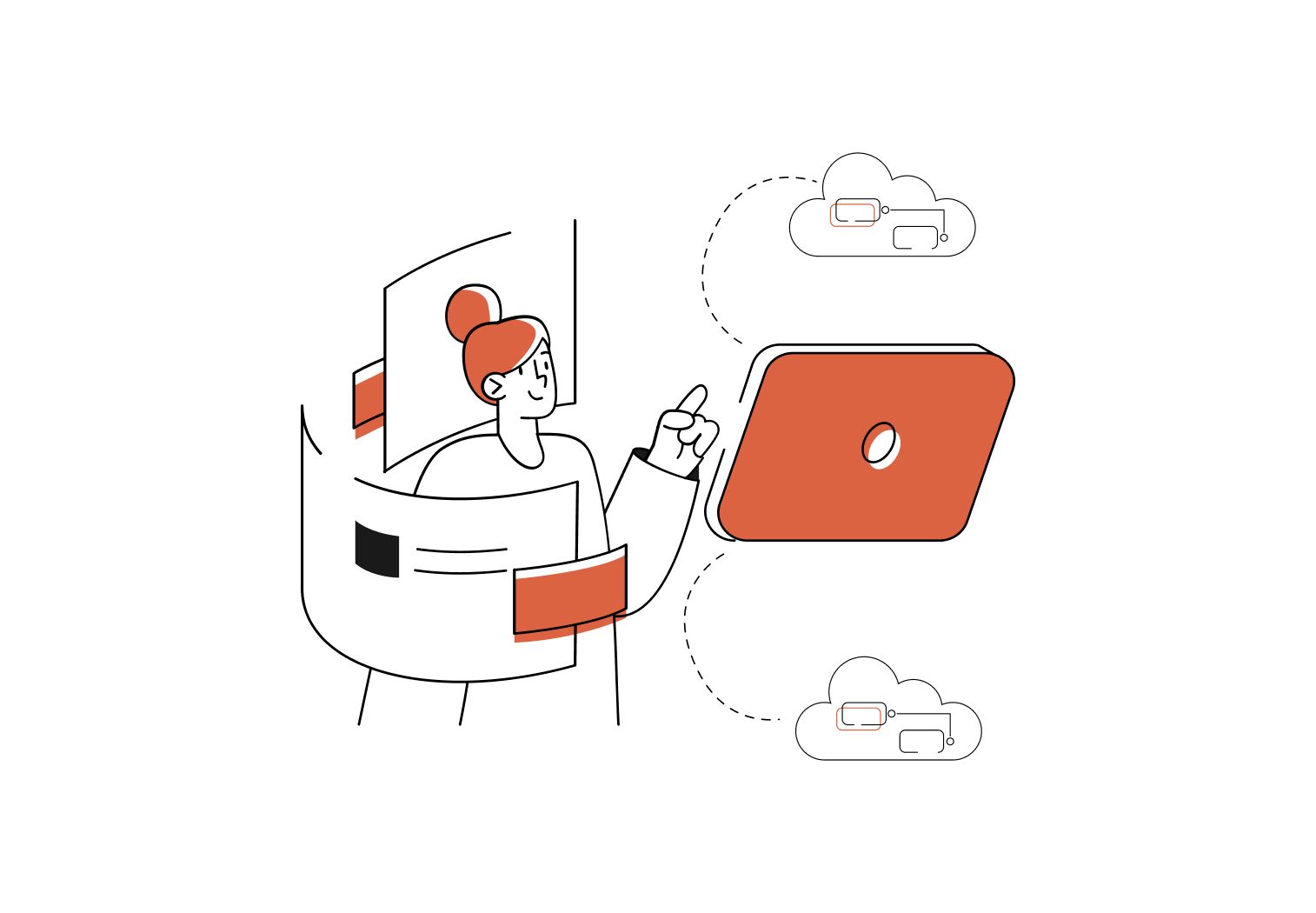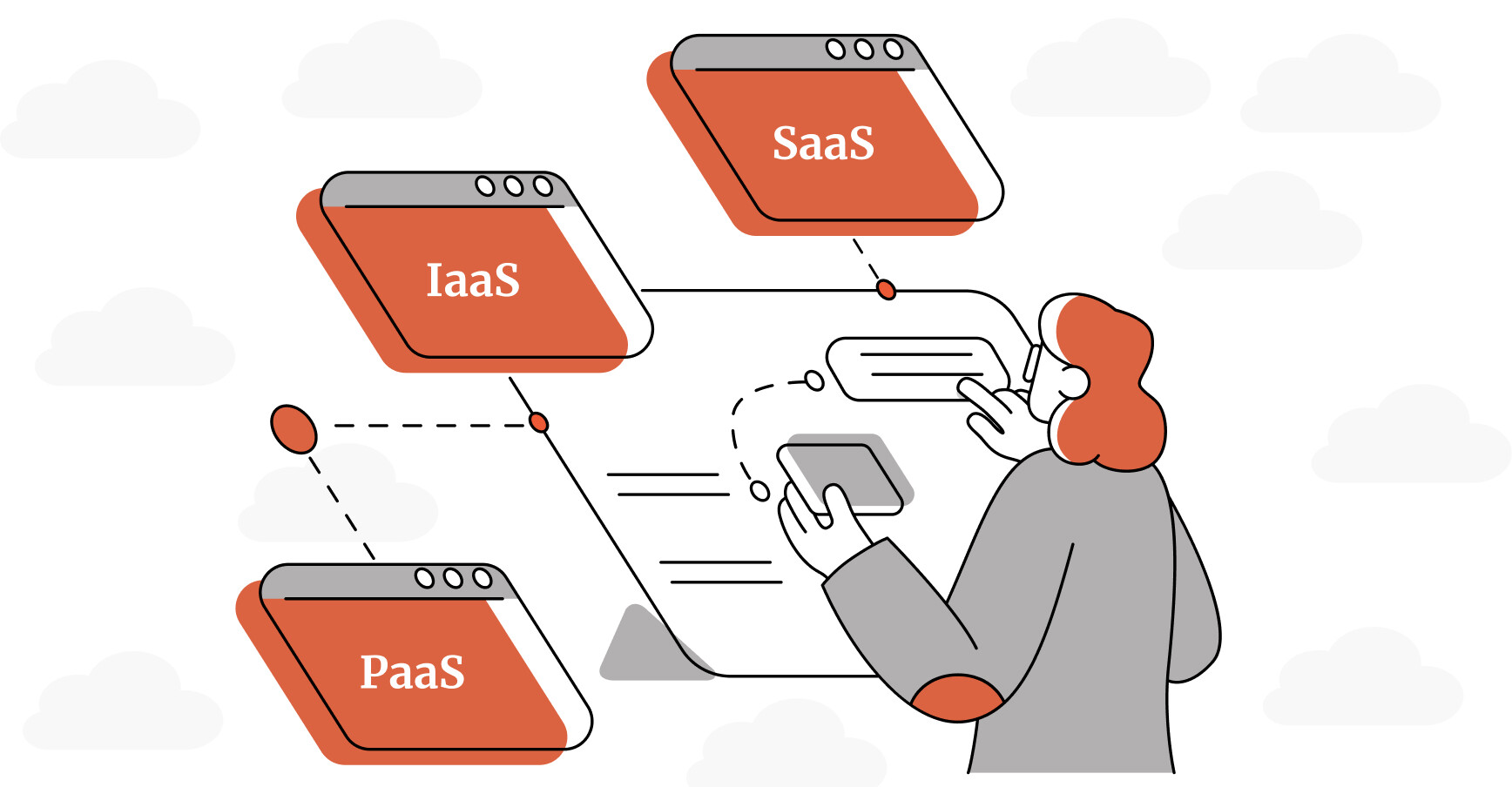In this article
What is BYOD?
What is BYOD? The days of issuing employees business-owned pagers, cell phones, and laptops are history with the inception of the BYOD policy. BYOD or “Bring your Own Device” to work concept is an alternative and a truly ingenious strategy, allowing users, business partners, and employees to utilize a personally purchased and selected device to access data and execute enterprise applications.
Businesses over the globe are leveraging the proliferation of tablets and smart-phones by scrapping their old technological plans and encouraging employees to use their personal devices for company purposes. Since BYOD promises greater productivity, better innovation, and an enhanced work-life balance, companies are jumping on the bandwagon to adopt this rising breakthrough in technology.
The Need for Application and Device Synchronization
However, it needs to be remembered that BYOD isn’t all roses and wine. While your employees must be in raptures about getting to work on devices they are most comfortable with, research has proven that people hardly work on a single device at a time, and instead tend to shift between devices. Moreover, the inability of business critical systems, collaboration systems, and mobile devices to interact in real time, poses a challenge for both the employees and the IT teams responsible for supporting them.
While BYOD allows employees to access critical data and information, when and wherever they are, a lack of imperative integration and synchronization between hosts of systems can prove to be an insurmountable hurdle. Thus, users deplete precious work hours switching between applications to devices, accessing the business critical information they seek. The lack of integration between devices and applications often averts users from garnering important information they require.
By maintaining user’s mobile devices and applications in sync, you can ensure that users always have access to the data they want. As Emails, calendars, events and other collaboration keeps changing in various collaboration and business systems, seamlessly incorporating those alterations across all other pertinent systems in real time is of utmost importance and one that is often overlooked.
This flawless real time integration between the various systems of an enterprise, mobile devices, and third party applications eradicate the need to redundantly input the same data into myriad systems. Users only have to enter data once, and it’s automatically pushed to other necessary mobile devices and applications. As results, users only have to make a change once, knowing it will be automatically updated across all other applications and devices.
Why is BYOD Such a Thriving Success?
Once the synchronization of applications and devices is accomplished flawlessly, BYOD can offer an array of benefits to the organization. For starters, companies which adopt BYOD shift all the costs with the users. When the employees pay for their software, hardware, data or voice services, or other expenditures, companies can save a staggering amount each month. Why do employees agree to incur all the expenses happily; simply because they feel at home with their personal devices, and would rather work on their own devices than get stuck with the mundane devices provided by the company!



